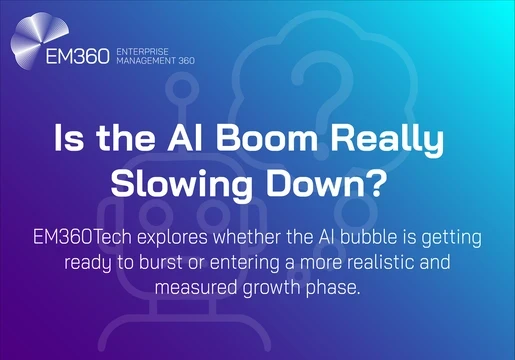Earlier this year the New York Times bestselling author, Greg Epstein, wrote a book subtitled ‘How Technology Became the World's Most Powerful Religion, and Why It Desperately Needs a Reformation.’ The book highlights the growing influence of technology in our increasingly digital lives and how it can take on religious significance.
It's no surprise that AI has taken over everything from medicine to advertising.
But, this latest development may have gone too far for even the biggest tech devotees.
A church in Sweden has recreated the likeness of Jesus Christ using an AI model.
The heavenly hologram is capable of conversing in 100 different languages.
The church reports that two thirds of people who spoke to the AI Jesus claimed to have had a ‘spiritual’ experience in the confessional booth.
The installation is aptly named ‘Deus in Machina’, a reference to a Latin phrase translating to ‘a god from a machine.’ The project is part of an ongoing collaboration with the local university research lab, the Lucerne University of Applied Sciences and Arts, on immersive reality.

How does AI Jesus Work?
The AI Jesus model works similarly to a voice controlled LLM chat bot such as Llama, ChatGPT or Gemini.
The user asks their questions and the AI formulates answers whilst animating the face so it appears to ‘speak’ in response.
The AI avatar is set up in a confessional booth that would traditionally house a priest on one side who would offer guidance to attendees sat on the other side of the booth. The screen featuring the Jesus animation is housed behind the traditional lattice that separates both sides of the booth, usually creating a sense of anonymity.
The AI program itself has been trained on theological texts meaning that the AI Jesus can use the information contained to give answers.
Users were advised not to tell the AI Jesus any personal information as well as confirm before use that they were engaging with the avatar at their own risk.







Comments ( 0 )